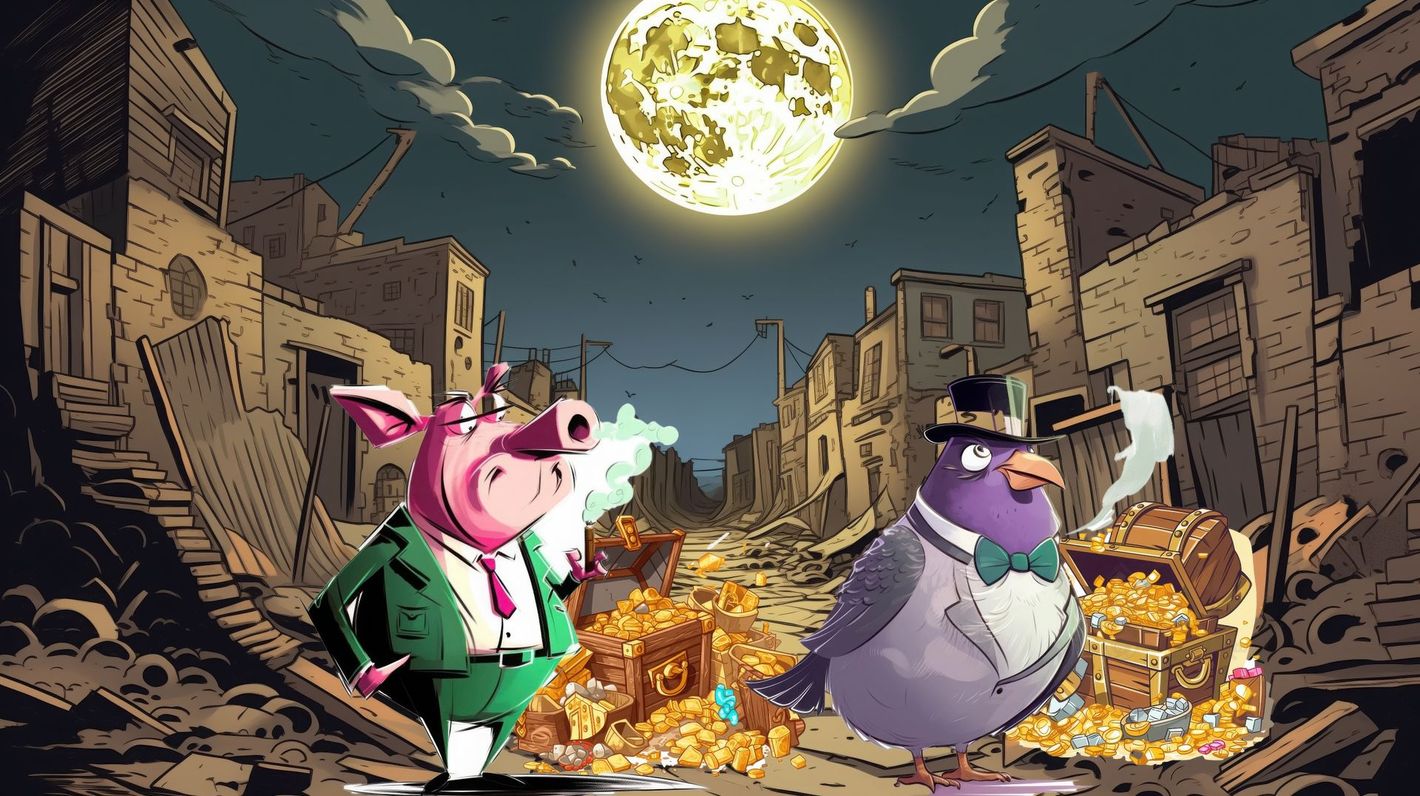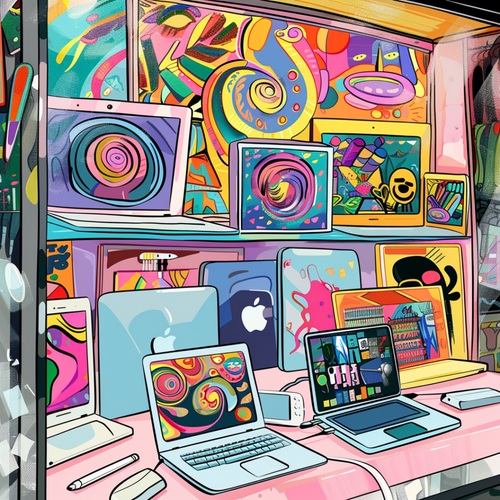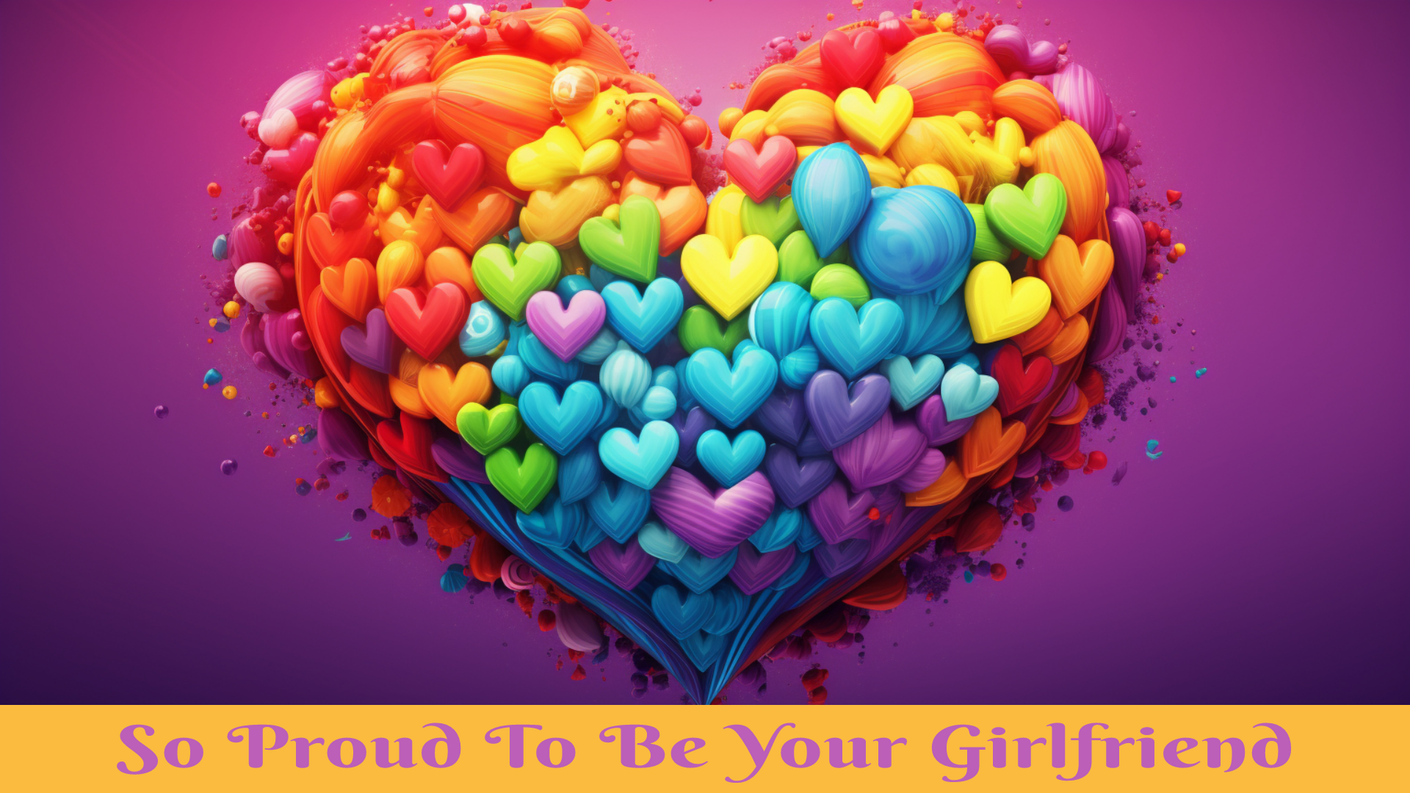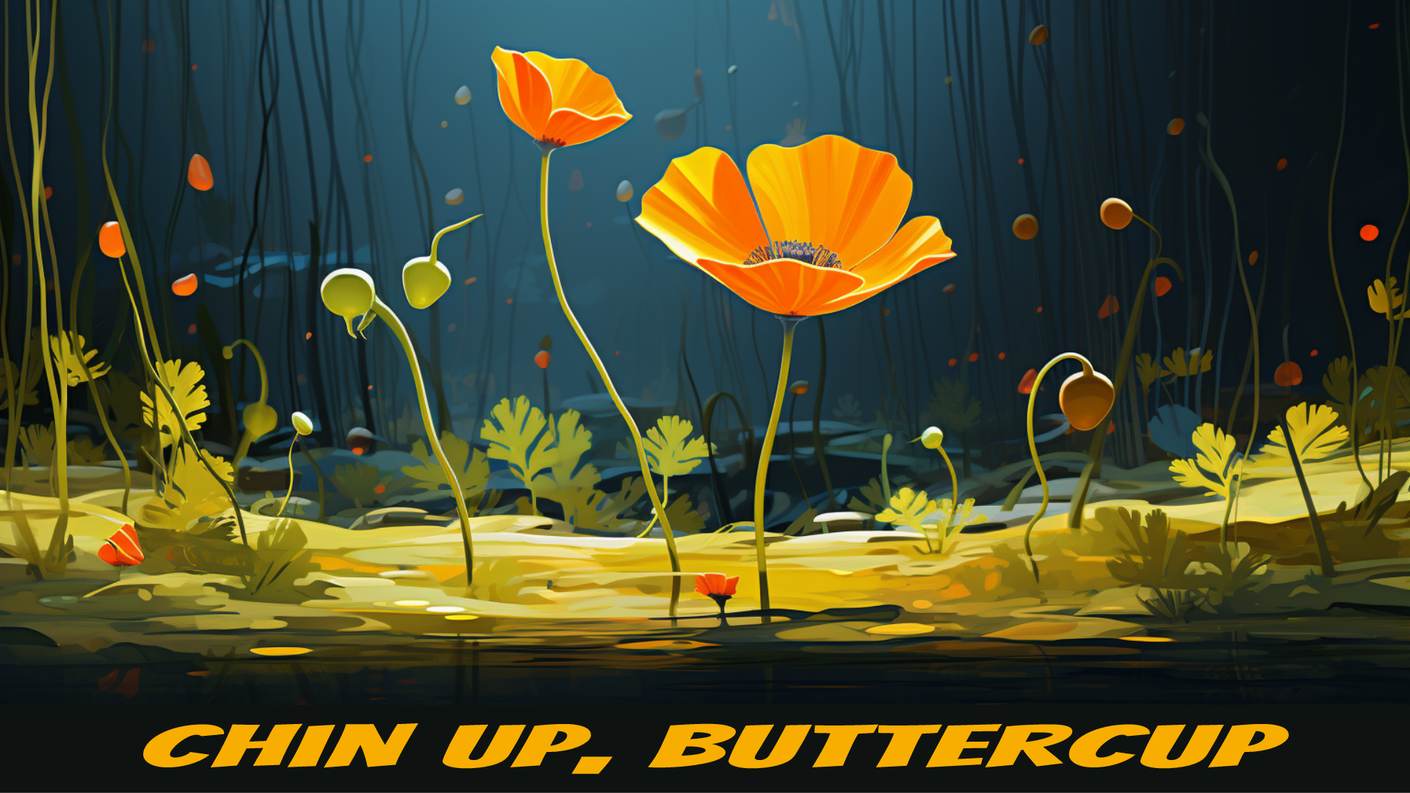Download our Apple App
.

About us
We bring together small business and customers by offering their creations on our free card app and we have many original designs available for a wide range of occasions created by our amazing array of talented independent creators, artists, illustrators and photographers. Both still cards and video cards are available and if you like you can print our still cards at home and give them to your loved ones.
The Environment
What is the real effect on the environment of the printed card industry in the UK?

The environment
One of the top two established delivery card companies makes great claims of aiming to be at net zero by a certain date however their claims appear to be very carefully worded to only include their own direct effect on the environment, this does not appear include the hefty weight of environmental damage caused by the various stages of delivery and of course the excessive damage caused by unneccessary use of paper and card no matter if it is sustainably sourced or not. There is plenty of movement and fuel use to get the paper to the source and then to deliver their product, an oversight on their part we are sure but lets hope they remember how their ink is produced at some point also.
Lets see what AI tells us about ink:
1. Pigments and Dyes:
- Pigments:
- These are insoluble solid particles that provide color. Examples include carbon black for black ink, and various inorganic compounds for other colors.
- Dyes:
- These are soluble organic compounds that dissolve in the vehicle and impart color. They are often used in inkjet printers and other applications.
2. Vehicle:
- The liquid carrier, which determines the ink's properties. Common vehicles include water, oils, or synthetics.
- The choice of vehicle affects the ink's consistency, drying time, and adherence to surfaces.
3. Binders:
- These substances help the ink adhere to the surface and prevent it from drying too quickly. Examples include gum Arabic, egg yolk, or synthetic polymers.
4. Additives:
- These are added to modify the ink's characteristics, such as improving its gloss, resistance, or flow.
- Examples include waxes, lubricants, or surfactants.
5. Production Process:
- Preparation: Pigments or dyes are prepared and ground into fine particles.
- Mixing: The pigment or dye, vehicle, binders, and additives are mixed together.
- Heating and Dispersion: The mixture is heated to disperse the pigments and break down clumps, ensuring an even color distribution.
- Filtering: The ink is filtered to remove any remaining impurities, creating a smooth and uniform product.
6. Types of Ink:
- Dye-based ink: Uses dyes dissolved in a solvent, often water.
- Pigment-based ink: Uses pigments suspended in a vehicle, often oil.
- Hybrid inks: Use both dyes and pigments.
7. Ink Applications:
- Printing ink: Used in various printing processes like lithography and flexography.
- Writing ink: Used in pens and markers.
- Other inks: Used in various applications like inkjet printers, tattoo ink, and pharmaceutical ink.
Wow, there is a lot of stuff in there does not look to sustainable to us.
That's a lot of footprint to balance out and can we really accept that it is anywhere near neccessary when we now have a viable alternative of no ink use and not travel and fuel use?
At least though this one of the main two took the time to write their version of the reality of the carbon footprint, the other didn't even bother with that.
What effect does the average household have?
The average household in the U.K. currently produces 8.1 tons of Carbon dioxide per year with a government target of 4.5 tonnes by 2030. Currently 811 million single use cards are used in the UK with a Carbon Dioxide value of 140g each. According to a study conducted by Exeter University sending one card produces about 140 grams (0.3086472 pounds) of carbon dioxide therefore the greetings cards business in the UK currently creates 14000 homes worth of Carbon Dioxide output completely unnecessarily every year. To put that into perspective that would be nearly as much Carbon Dioxide production as the entire county of Rutland on an average household per person use basis. That really is quite a lot and we are here to help reduce that.
Lets see what AI tells us about the damage greetings cards can do:
Greeting cards have a significant environmental impact due to their production, materials, and disposal. Paper production, particularly from virgin materials, is energy-intensive and contributes to deforestation, while traditional inks contain mineral oils that release emissions. Additionally, cards not recycled are often sent to landfill, where they decompose and release greenhouse gases.
Here's a more detailed breakdown:
1. Paper Production:
- Deforestation: The demand for paper, including greeting cards, can contribute to deforestation if not sourced sustainably.
- Energy Consumption: Paper production, especially from tree fiber, is energy-intensive.
- Water Usage: Paper mills require significant amounts of water for production, contributing to water resource depletion.
2. Materials and Inks:
- Traditional Inks:
- Inks containing mineral oils, which are heavily processed petroleum products, release emissions during production and use.
- Glitter and Foils:
- These materials can contaminate recycling streams and are often difficult to recycle.
3. Disposal and Waste:
- Landfill:
- A significant portion of greeting cards ends up in landfills, where they decompose anaerobically, releasing methane, a powerful greenhouse gas.
- Greenhouse Gas Emissions:
- The entire lifecycle of a greeting card, from production to disposal, contributes to carbon dioxide emissions.
- Recycling Challenges:
- While paper cards can be recycled, decorations like ribbon and glitter can contaminate the recycling process.
4. Alternatives and Solutions:
- Sustainable Materials:
- Choosing greeting cards made from recycled paper, seed paper, or other sustainable materials can reduce the environmental impact.
- Digital Greetings:
- Opting for digital cards eliminates the need for paper, ink, and transportation.
- Repurposing:
- Donating, recycling, or repurposing old cards can extend their lifespan and minimize waste.
That's a lot of damage that could be considered indirect when making potential claims of a direct net zero target. Are these card companies really interested in the environment or are they just playing lip service and doing what the feel is enough to give the impression that they are environmentally friendly?
We get that nobody is perfect but we also feel that people can do everything we possibly can to help the planet and to save ourselves a bit of money also with very little effort. At Communicards we believe we have the ideal app to allow people to do their bit for themselves and for the environment.
Personal savings
On average each UK person spends £104 per year on greetings cards, postage and associated products. We believe that is money that could be spent better elsewhere for ourselves. By using the Communicards free card app you can save this on average amount but also you guarantee delivery especially oversees.
Also, no trees are harmed when using our card service for the cards or for single use envelopes. If you think about it it doesn't make sense to send physical cards anymore, no sense at all.

Gifts and gift cards
We are currently in the process of bringing our customers an indepednant service which includes adding gift cards and gifts to our free e card and video app. This will allow our customers to be able to send a card, a gift card or gift link all at the touch or a button, simple, quick and great for the environment.

Invitation service
We currently have a number of categories with invitations on them for you to send however we are now creating a whole new app section dedicated to this. Watch this space and please remember how much in cost savings, energy savings and green savings will be made when you start sending out e-invitations rather than paper ones.
Communicards for business
We will soon be releasing our website for businesses so that you can send multiple e cards to your clients using your own secure data base as well as being able to create e business cards, business cards and eco friendly stationary in one place.














